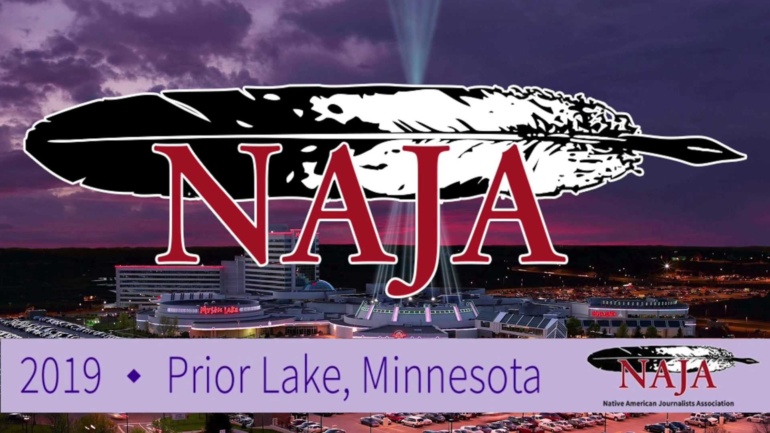
By Shea Smith
@SheaSmithNews
First Nations Experience is a non-profit network, and is the first and only national distributed television channel dedicated to telling the stories of Native American and World Indigenous peoples.
FNX launched on September 25, in 2011 and quickly grew. The new station was available to hundreds of Americans across PBS, tribal stations and service providers across the United States.
Now, the PBS affiliate based in San Bernardino, California, is in over 40 million homes across the entire country with nearly two-dozen affiliates airing their programs.
In their mission statement, the channel aims to provides content that “entertains, inspires, and informs” Native Americans and Indigenous people. FNX displays the lives and cultures of Native American and Indigenous people around the world that may otherwise be misrepresented. The Native Company serves as an outlet for the Native and Indigenous populations through documentaries, children’s programs, dramatic series, and more.
“We allow ourselves to tell honest stories instead of translating what a community member is feeling or expressing,” said Sahar Khadjenoury, FNX production assistant. “We open up the microphone to the community member – our community.”
FNX serves as a voice to communities who don’t always have their stories told, and although their focus is indigenous groups, they work to show that Native issues are universal.
“What’s happening in Native country is important to all of us, because although it affected us directly, that environment ended up affecting everyone,” said Khadjenoury.
The Native community lost one of their largest voices recently, as Indian Country Today Media Network ceased operations in early September.
“Although we saw this week… at Indian Country today… they were ceasing operations,” said Khadjenoury. “Although it hurt us, it affects us. It’s also a wakeup call. The wake up call is, “Hey, we need that national voice.”
Through many setbacks, Khadjenoury believes that Native American journalists are still flourishing.
“In the future I see more Native journalists coming out,” said Khadjenoury. “Think about how many people were inspired by the actions that were taken at Standing Rock — simply by picking up their cell phone and going Facebook live — reporting live from the scene.”
What started as a dream between San Manuel Band of Mission Indians and San Bernardino community college has become the voice of a movement for Indian Country.
“Whether it’s Standing Rock, or its saying “no” to Arizona Loop 202, or saving OAK FLAT, or Bear’s Ears… Whatever these issues are, more people want to be proactive,” said Khadjenoury.

